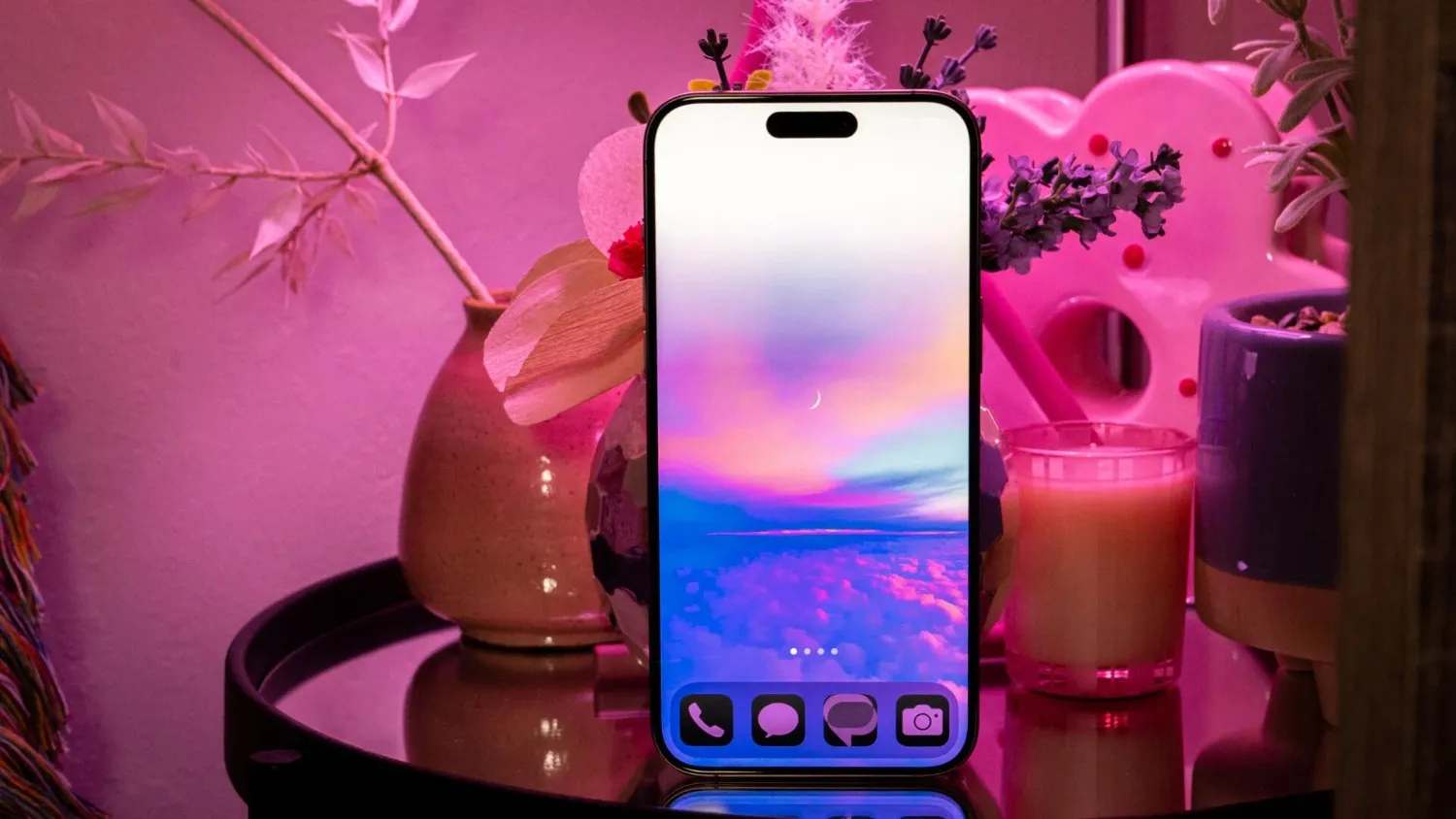Five years ago, Apple shared big news at its 2020 WWDC event: it would start using its chips, called Apple silicon, in Macs, moving away from Intel processors. This change began with the M1 chip, which brought better speed and battery life to devices like the MacBook Air and Mac mini.
Since then, Apple has rolled out newer chips, like the M4 and M5, making its computers faster and more efficient. The switch has been a game-changer, letting Apple control both the hardware and software for smoother performance.
By June 2025, all new Macs will use Apple silicon, and older Intel-based Macs will stop getting full macOS updates after macOS Tahoe, though security updates will continue for a few years. In another update, Apple announced that Japan’s My Number Card can now be added to the Wallet app on iPhones running iOS 18.5 or later, starting with the iPhone XS.
This digital ID lets users verify their identity or age at places like airports or stores without a physical card. It’s a step toward making life easier with contactless options, similar to how some U.S. states let residents add driver’s licenses to the Wallet app. This feature is rolling out slowly but shows Apple’s push to make the iPhone a one-stop tool for everyday needs. Both changes highlight Apple’s focus on improving its devices and making them more useful in daily life, whether through powerful chips or handy digital IDs.





